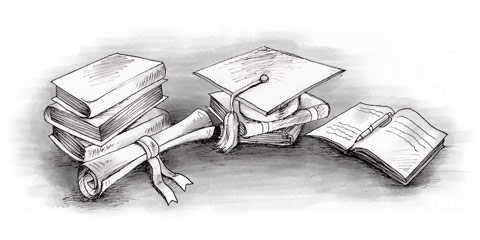The school year for public schools runs from mid-February to July and then August to the end of November or the beginning of December. Interestingly, the January holiday was originally intended so children could help with harvesting coffee, but is now considered an extra-long break after Christmas. A normal school day starts at 7am and finishes between 1pm and 4pm. Students at state schools are usually required to wear a school uniform, mainly so the socioeconomic differences between students is not so apparent.
Primary education in Costa Rica
The Costa Rican government has stressed its dedication to improving primary education - great news for families with young children planning to move to the country. Those looking for the best places in Costa Rica for primary education should consider the capital city of San Jose, which has the highest number of schools for young children, many of them in English.
While families can enroll their children into the pre-primary level from as young as two years old, it is not obligatory. Pre-primary school children are taught language development, music, art and crafts.
After the age of six, families must enroll their children in the primary level of school. The primary level lasts six years, and afterward students move onto the secondary level.
Secondary education in Costa Rica
Around the age of 12, students move into secondary school (or high school). The secondary level usually lasts for around five years, which are split into cycles.
The teaching of English was made mandatory by former president Jose Maria Figueres - at great expense to the government. Other subjects taught include Spanish, social studies, mathematics, science and foreign languages. Students are granted freedom to choose academic or vocational courses in the last cycle on their secondary education career. After the secondary level, students can choose to continue their education in either a university or some sort of vocational school, if they so desire.
While individual schools promote their own objectives, all the schools in Costa Rica have the same ultimate aspirations. The main goals of the Costa Rican education system include cultivating citizens who are conscious of both their rights and their responsibilities with respect to humanity; full development of their personal selves; the formation of citizens in a democracy that accommodates both individual and community needs; to stimulate the development of solidarity and understanding; and to conserve and encourage the understanding of cultural heritage.

